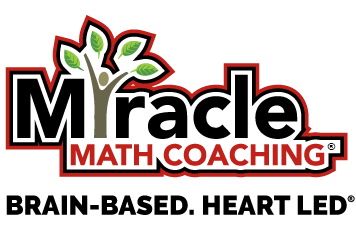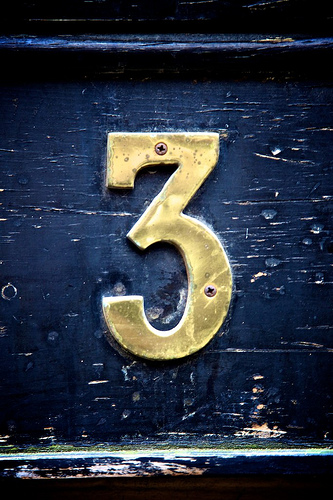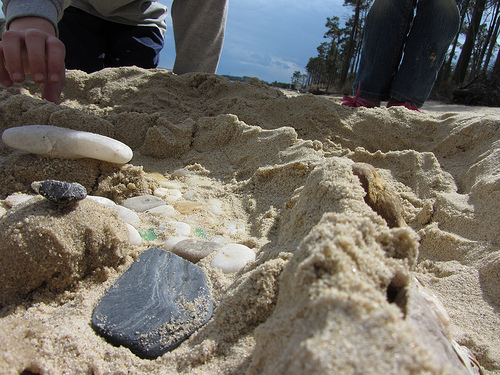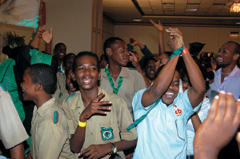What does a Report Card tell me about How Much my Child Knows?
By Deanna Hurn, Founder and Executive Director of Miracle Math Coaching
Report card time can cause extra anxiety for students and for you, as parents. But to truly figure out how well (or not so well) your child is doing, you have to know what the report card means.
Easy peasy, you say? “A” means really good and “F” means failing, right?
Not quite. Though the grades seem straight-forward, the report card does not give a full picture of what your child is learning.
Report cards are only as good as the standards they’re being held to. When you get a report card, it’s written according to that particular teacher’s perspective on what she or he is supposed to cover – based on state standards. Here’s your homework: Look up California’s Common Core Standards to see what they entail and whether they meet your own standards.
Also know that teachers have approximately 100 standards they’re charged with covering; it’s unrealistic that they can teach that amount of content during the school year. Actually, good teachers on average get to only 50 to 60 percent. Check out these and other statistics in the film “Waiting for Superman,” which is available on Netflix. It’s a great documentary about school reform.
Let’s say your child gets an “A.” That means he or she received an “A” on only 60 percent of the concepts they were expected to learn. The grade doesn’t indicate that your child is fully proficient in the subject.
For example, if your child gets an “A” in History, but the teacher didn’t have enough time during the school year to teach Women’s Suffrage or The New Deal. It follows that your child’s grade doesn’t reflect what he or she know every History topic listed in California’s state standard. That could be a drawback down the road in college admission testing.
Talk with your teacher about what’s covered and how that compares to what is supposed to be covered. What your child learns vs. what he or she is supposed to learn is called a “gap.” There are outside resources that can help get students to close the gap, learning topics their teachers might not have the time to cover. That means calling on other villagers in your “Village of Support”
Miracle Math Coaching is a great resource for determining your child’s “gaps. I would love to be a part of your family’s “Village of Support.” Sign up today for a FREE Learning Discovery Evaluation to see where your child stands academically and how we might help: Click here to sign up now. Miracle Math Coaching is an award-winning, student-focused service with a track record of boosting academic achievement.







